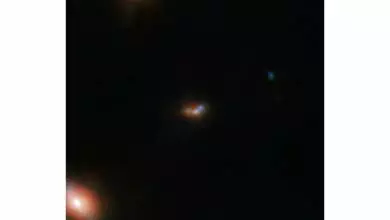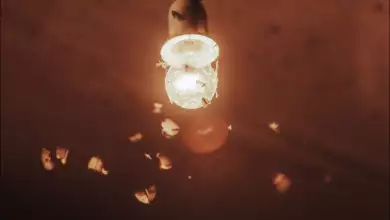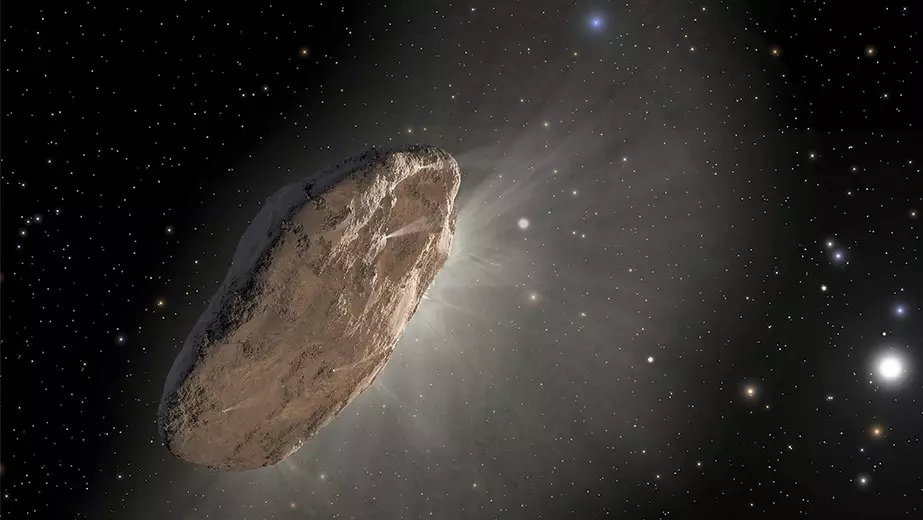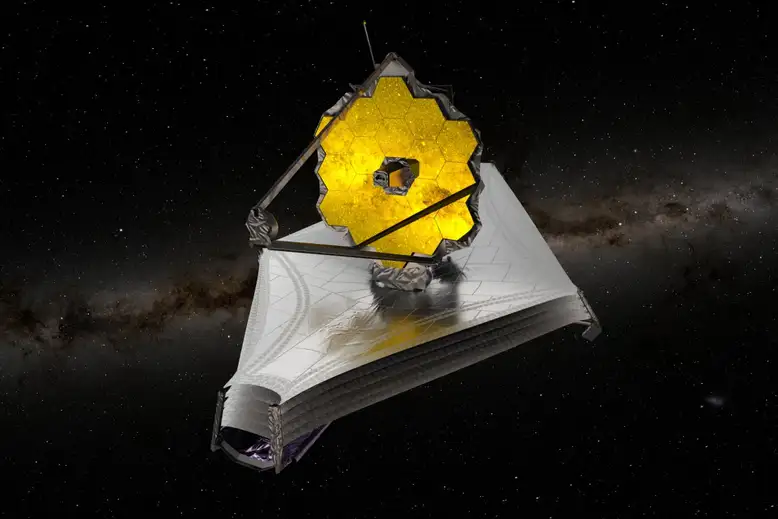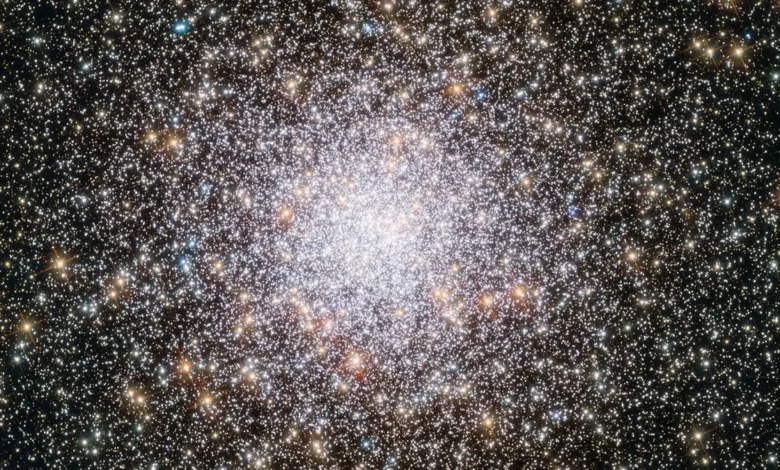
NASA’s James Webb Space Telescope (JWST) discovers the first direct evidence of the existence of millions of massive stars. Which were about 10,000 times the mass of our sun at the dawn of the universe.
These massive stars were dubbed “celestial monsters” by the researchers behind the discovery. It only existed 440 million years after the Big Bang. Their discovery could teach us a lot about the very early evolution of the universe.
explained lead study author Corinne Charbonnel, a professor of astronomy at the University of Geneva in Switzerland. “Today, thanks to data collected by the James Webb Space Telescope, we believe we have found the first evidence of the existence of these unusual stars.” In a press release.
Related Article: The James Webb Space Telescope Explores Lava Worlds
James Webb discovers and provides the first evidence for early massive stars
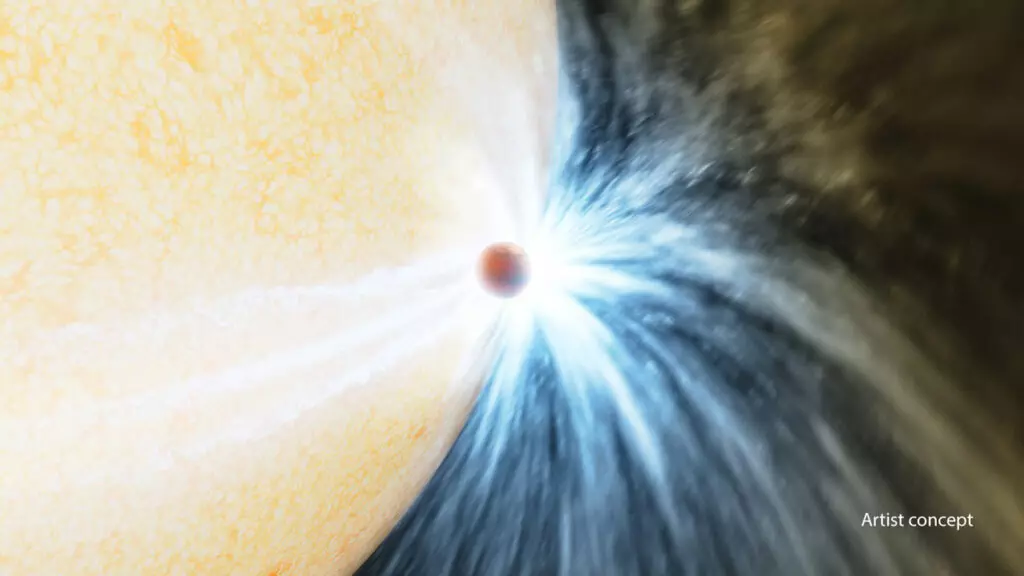
The team behind the discovery discovered chemical traces of massive stars within globular clusters. Which are groups of closely connected stars, sometimes consisting of millions of stars.
Globular clusters are incredibly old. Making them targets for astronomers who want to look into the ancient past of the universe.
The researchers, who published their findings in a paper in the journal Astronomy and Astrophysics, believe that this discovery could help us better understand how heavy elements first formed in our universe.
They trained the James Webb infrared camera on the Galaxy GN-Z11. It is one of the oldest and most distant galaxies ever discovered, about 13.3 billion light-years from Earth.
They then took spectroscopic readings—measuring the frequencies of light emitted by different chemicals—to determine that high nitrogen levels were surrounding the stars in the ancient cluster.
“The strong presence of nitrogen can only be explained by the burning of hydrogen at extremely high temperatures, which only the cores of massive stars can reach,” Charbonnel explained.
Related Article: Waters Surrounding Rare Comet Discovered by JWST
NASA’s Webb Telescope sheds new light on the early universe
Although the globular clusters formed at roughly the same time and from the same clouds of dust and gas 13.4 billion years ago, they surprisingly contain stars with very different ratios of elements.
Scientists hypothesized that this might be due to ultra-massive stars that burned their fuel at much higher temperatures, meaning they were able to produce heavier elements that eventually made their way into the smaller stars that are more common today.
Although these ultra-massive stars will burn 10,000 times brighter than our sun, detecting them is surprisingly challenging. That’s because they all exploded in extremely violent events called hypernovas a very long time ago.
Related Article: Extreme Seasons of Uranus Unveiled by JWST
“Globular clusters are between 10 and 13 billion years old, while the maximum age of stars is 2 million years. So they disappeared much earlier than the clusters that are currently observable. Only indirect traces remain,” said co-author Mark Gillis, Professor of Astrophysics at the University of Barcelona, in the statement.
Fortunately, James Webb’s amazing ability to peer into the distant past has provided direct evidence of its existence. Next, the team of researchers aims to investigate more ancient globular star clusters to see if they can detect more traces of early massive stars.




